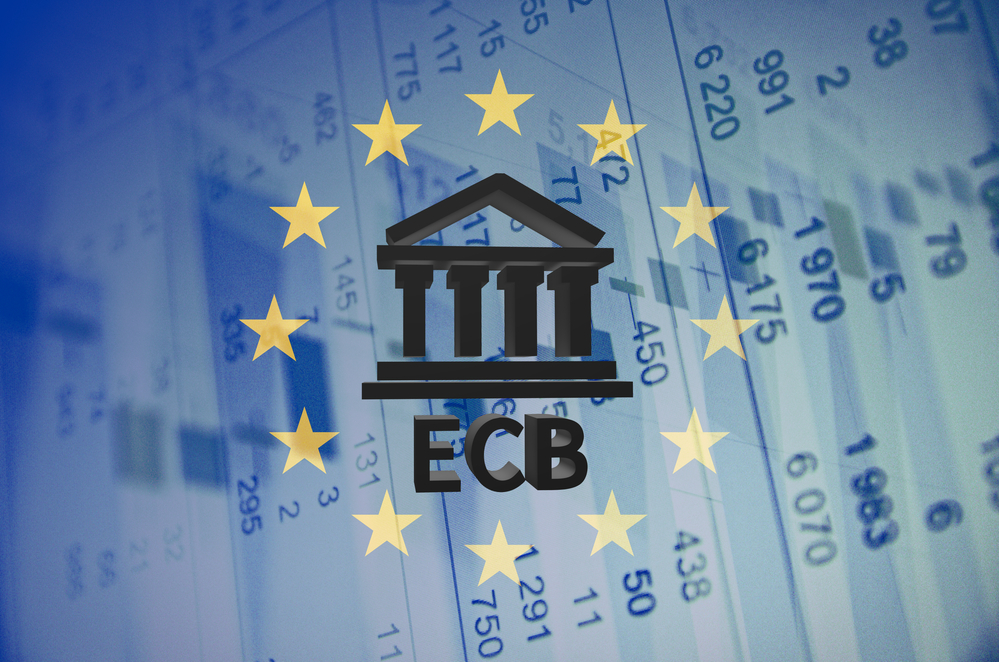

This article is only available to Macro Hive subscribers. Sign-up to receive world-class macro analysis with a daily curated newsletter, podcast, original content from award-winning researchers, cross market strategy, equity insights, trade ideas, crypto flow frameworks, academic paper summaries, explanation and analysis of market-moving events, community investor chat room, and more.
Summary
- Recent ECB comments are rallying around their ability to wait until June before their first cut.
- Speakers are keen to push back on market pricing, fearing that too much easing will stall disinflation.
- This tone is likely to remain at this week’s meeting. It is unlikely to change while data suggests a gradual return to target inflation and a tight labour market.
- A June cut makes sense as Q1 wage data and final Q1 inflation data will only be available after the April meeting.
- We set out risks to our outlook, and why for now they seem low, as well as the current dynamics we see in inflation, wage growth, and profit margins.
Market Implications
- We continue to see value in fading any cuts priced for March or April. We have entered an April ECB-dated ESTR payer in our model portfolio.
- There could also be value in paying meetings further out too (June priced for 46bp of cuts, we expect 25bp), but Fed front-loading could mean better prices to enter these in the near-term.
ECB to Stand Pat – Push Back on Priced Cuts
The ECB is pushing back on market pricing. The Davos conference provided them an excellent stage to do so, and the tone has been unequivocal: the market is being optimistic on cuts.
I expect this tone to remain at the ECB’s meeting this week, and for them to leave policy unchanged.
For some time, our central case has been that the ECB can afford to wait until they have a full picture of Q1 data before cutting – which places the June meeting as the earliest candidate for easing.
The minutes from the ECB’s meeting in December provided a good reason as to why they have recently come out more forcefully: ‘…sharp market repricing threatened to loosen financial conditions excessively, which could derail the disinflationary process…’
They hence agreed ‘not to accommodate market expectations in the post-meeting communication.’
Much of the financial condition loosening they fear can be attributed to two factors:
- The miss in November inflation.
- The Fed’s December dovish pivot (Chart 1).
December’s CPI showed that November was something of a one-off, and that the ECB’s forecasts are more accurate than had been expected (Chart 2). We expect they will want to plug this little win.
The ECB has been clear that they will not just be driven by the Fed (in fact, if financial conditions ease due to the Fed, it will leave them needing to push back stronger).
My expectation for some time has been that unless the ECB’s hand is forced, it can afford to be patient, and wait for confirmation that wage growth is slowing in the Q1 data.
It is on this basis that we entered an April ECB-dated ESTR payer in our model portfolio. The trade has performed well so far, but there is more room for it to go. There could be value in paying rates at later meetings (June has 46bp priced in, I expect 25bp will be delivered), however there is a risk that Fed front-loading will drive this pricing even more dovish in the near-term.
Risks to Our Outlook Ahead
While our base case is for ECB easing to begin in June, at the earliest, four risks could see it start earlier:
- Geopolitics: could be inflationary and/or a growth shock. The former is more likely to dominate (hawkish) but the latter could drive the ECB to cut earlier to support the economy.
- Market moves: a sudden yield rise/spread widening to the point that periphery looks unsustainable would drive them to mitigate. However, this is more likely to be accomplished via balance sheet (increasing/skewing QT reinvestments towards periphery) than via a rate cut. And, if anything, market pricing is currently forcing them to be more hawkish, not dovish right now.
- Data surprises: a consistent inflation undershoot in Q1 could be enough to shock them to cut in April. Reports are already emerging of big January discounting in German supermarkets. However, I do not expect this will be enough as: Q1 CPI is very volatile, typically you get big January discounts and big March price hikes that usually offset it. We wrote more on these seasonals back in December, but in short, even a big January miss does not necessarily mean a Q1 undershoot. January index re-weightings and the end of subsidies will further muddy the water.
- The ECB’s reaction function changes: this is probably the biggest and hardest risk to predict. In one regard it would be a big change to suddenly drop the emphasis on wage rises (they have been calling it as a requirement since at least November), but there has been a recent rallying around the need to wait till June.
ECB Policymaker Comments
See appendix table for more details
Beside the market being overly optimistic on cuts, there has been almost unanimity in policymakers emphasising the importance of seeing Q1 wage data before deciding on a cut.
Only longstanding dove Centeno has pushed back on this, stating that he does not see reasons for concern on wages, and that it is hard to gauge tightness of the labour market. Yet even he does not know when to start cutting (he would probably be happy with April). In short, where comments have been made, there is surprising agreement (Chart 3).
We are always cautious when consensus is too unanimous. Particularly when the architect of the policy of waiting for Q1 wage data (Chief Economist Lane) has noted that there are other more timely wage sources they look at too. For now these are not suggestive of an urgent need to cut.
The ECB Is Watching Profit and Wage Data
As well as inflation, the ECB cares about wage growth as it could mean sticky services inflation, which could drag out the peak in inflation. A key component to this is whether profits are rising/staying high – as that would suggest there is passthrough of wage costs to consumers. We have written in the past on this.
On profits: as of Q3, profits dropped QoQ, but YoY remains elevated (Chart 4). Growth in total employee compensation meanwhile remains high. Looking at the largest companies on the continent, profit margins appear to be high and stable (Chart 5). This suggests companies continued to pass through cost rises to customers.
On wages: the ECB is understandably nervous on the outlook given above trend rises in wages (Chart 6). Timelier indicators, such as the Indeed survey for hiring wages, have meanwhile stalled their decline, remaining significantly above historic averages.
Wage-intensive services inflation will tick back up ahead. Services inflation in those sectors most affected by wages has fallen back sharply to normal levels (Chart 7). We had warned for some time that much of this was due to shifted trends in accommodation price inflation that tend to bottom out in November. Sure enough, this is what we have seen (Chart 8). This disinflationary force will likely now unwind in the coming six months, providing an upward shift to core services inflation from February. This is probably not enough to concern the ECB, but could sap some of the market optimism.
Survey Graphs
Recent ECB Policy Maker Comments
Henry Occleston is a Strategist, who focuses on European markets. Formerly, he worked in European credit and rates strategy at Mizuho Bank, and market strategy at Lloyds Bank.
